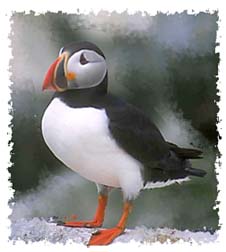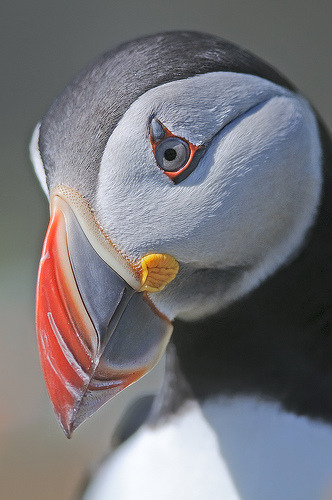
Such a holistic approach, however, is difficult in studies of wild systems because it requires long-term datasets on population size, multiple demographic parameters and multiple potential ecological factors, which are often not feasible to collect.ĭiagnosis of reasons for long-term decreases in population size is particularly valuable for ecological indicator species and small or declining populations that may receive conservation attention and management. Quantifying multiple demographic parameters and identifying the ecological factors that drive demographic variation are two valuable steps towards understanding population dynamics. Demographic parameters are influenced by a variety of ecological factors, for example resource availability, predator abundance and climatic conditions. Different demographic parameters do not all affect population growth rate equally and this variation has been examined in numerous populations of plants, reptiles, birds and mammals. Determining which demographic parameters are primarily responsible for variation in population growth rate is crucial to understanding population dynamics and underlying mechanisms. Populations increase and decrease over time according to changes in demographic parameters such as survival and reproductive success. This study showed that increase in the size of a predator population does not always impact on the survival of adult prey and that reduced recruitment can be a crucial determinant of seabird population size but can easily go undetected. We concluded that reduced recruitment of immatures into the breeding population was the most likely cause of population decrease. To simulate the observed decrease, population models had to incorporate low immature survival, high immature emigration, or increasingly high adult non-breeding rates. A population model combining best possible demographic parameter estimates predicted rapid population growth, at odds with the long-term decrease observed. Estimated adult Atlantic Puffin survival remained high across all years and did not vary with Great Skua abundance however, Atlantic Puffin breeding success and quantities of fish prey brought ashore by adults both decreased substantially through the period. Estimates of Atlantic Puffin population size decreased considerably during the study period, approximately halving, whereas Great Skua population estimates increased, approximately trebling. Using a population model, we assessed whether estimated variation in adult survival and reproductive success was sufficient to explain the population change observed.

#Atlantic puffin size drivers#
Estimated demographic variation was then related to two ecological factors hypothesised to be key drivers of demographic change, namely the abundance of the main predator at the study site, the Great Skua Stercorarius skua, and Atlantic Puffin chick food supply, over the same 27-year period.


This was achieved using a 27-year dataset to estimate changes in population size and in two key demographic rates: adult survival and breeding success. This study aimed to evaluate the magnitude and mechanisms of an apparent major decline in an Atlantic Puffin Fratercula arctica population. Determining which demographic and ecological parameters contribute to variation in population growth rate is crucial to understanding the dynamics of declining populations.


 0 kommentar(er)
0 kommentar(er)
